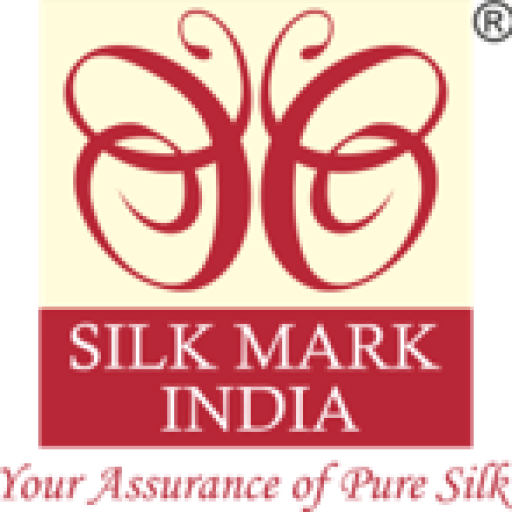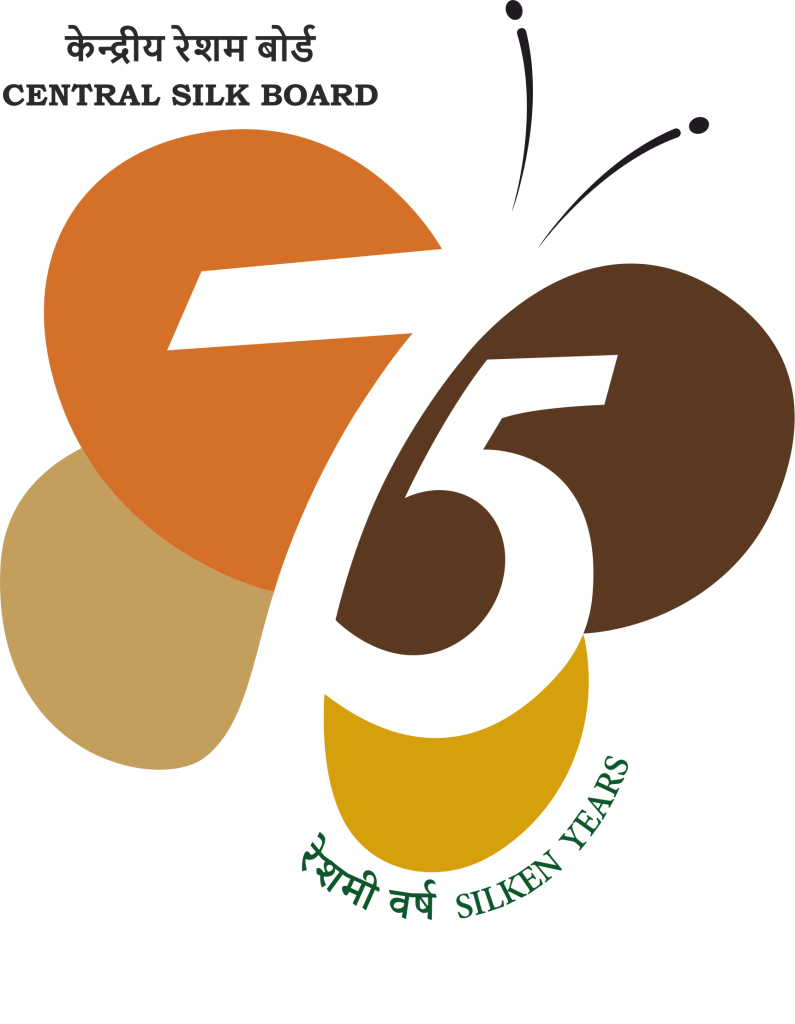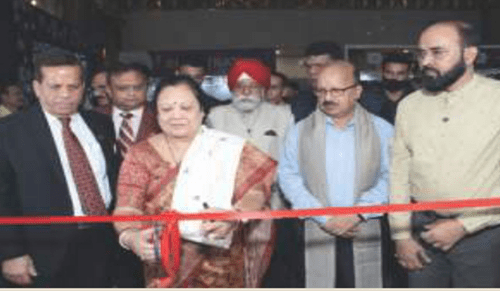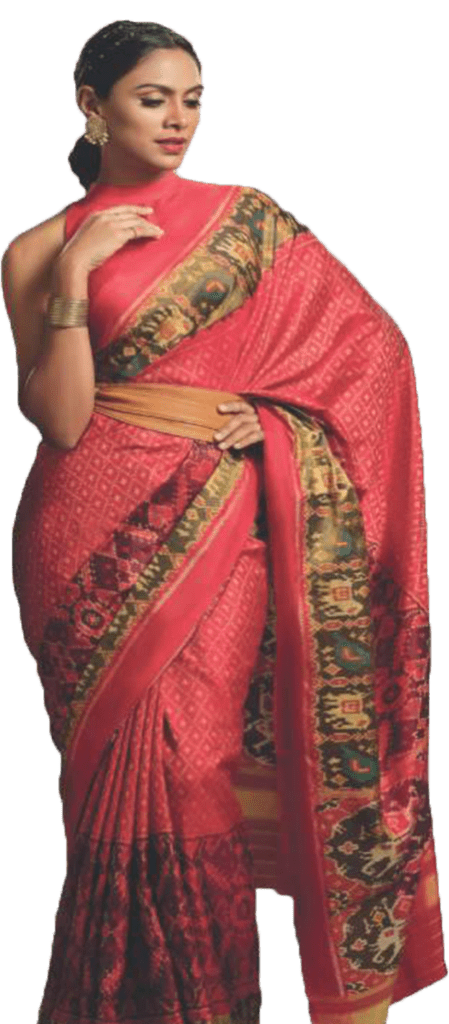
Silk Fare 2022
Silk Mark-A Guide for Producer and Consumer
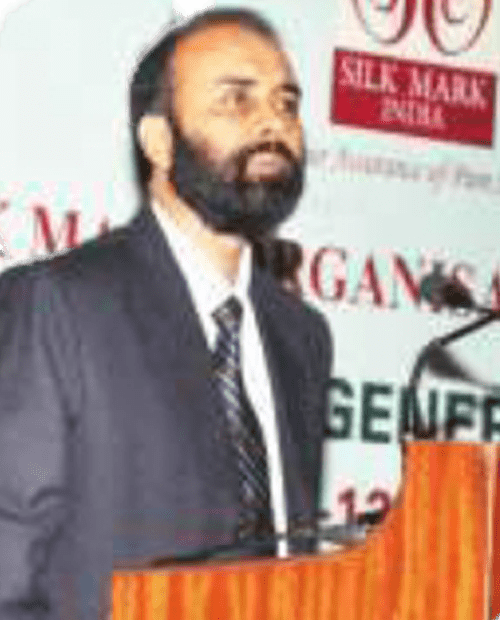
Silk has truly evolved as a contemporary, classy, luxurious, elegant, and sensuous fabric that has retained all the intrinsic properties and values associated with the ceremonial costumes of the erstwhile royalty. India is the only country to produce all the four known varieties and for all its classic silk types anddiversifications.
The Silk Mark brand image is very vital to encourage and keep the production tempo in the country alive. It is imperative that Silk Mark is a vibrant, solid, and active brand image of Indian Silk today. Thus, India needs a campaign for the promotion of Silk Mark that weaves the imagery of India for the world and performing giant for inclusive growth.
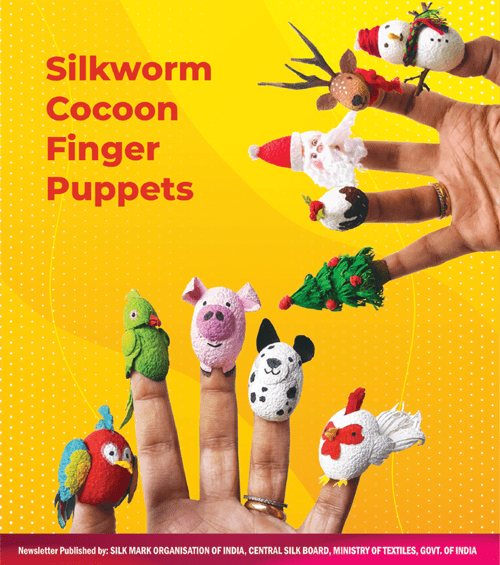
Silkworm Cocoon Finger Puppets: The New Pedagogical Aid in Education
Sericulture in India is a sustainable, farm- based economic enterprise through various inter-related activities like mulberry cultivation, silkworm rearing, silk reeling, and fabric making and finishing. Apart from these, we have encountered multiple handicrafts prepared with waste cocoons. Value addition can be achieved through making handicrafts using cocoons, like preparation of garlands, bouquets, flowers, surface ornamentation, etc. This Article illuminates the potential of waste cocoons of Bombyx mori L. in making Cocoon Finger Puppets (CFP) which are useful in the education field.
Puppetry has been a crucial vehicle in religious propagation and entertainment. The traditional forms of puppetry enacted stories from epics, local tales and the Puranas, besides fables. The known stories and memories were reinforced through simple performances that recharge communities’ spiritual and moral values.
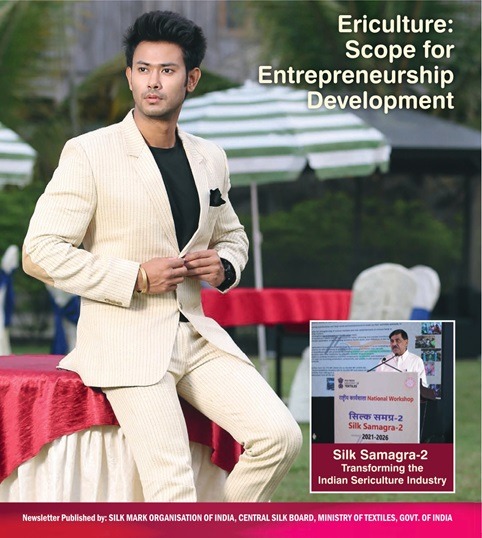
The weakest link in the silk value chain is the unorganised and fragmented cocoon/ raw silk market and this is the major concern for growth of the Indian silk industry. Sericulture mostly being a livelihood and household activity, the sale of cocoon and raw silk with fair and transparent pricing remains a challenge for the planners. Shri. Mayank Tiwari, CEO, Resha Mandi gave an_ elaborate presentation and model for developing an ecosystem for silk marketing, to ensure fair and transparent pricing through a grading system for the primary producers.
A range of presentations on entrepreneurship in the silk industry was made by the speakers from Farmers Producer Organisation, SPV and Automatic Reeling Machine owners. Notable amongst them was the presentation by Shri. N. Y. Chigari, FPO from Karnataka, who gave details on scaling up of the activities through formation of FPO and thus ensuring increase in income. A large-scale sericulture farming model in Nagaland was presented by Dr. Venugopal, CEO, Samvrudi SPV. To improve quality silk production both in terms of quality cocoon and raw silk, the role of Chawki Rearing activity and use of automatic reeling machine was apprised by Shri. Jagadish, M/s. CRC Kirangere and Shri. Peddi Ravinder, ARM owner at Jangaon (AP).
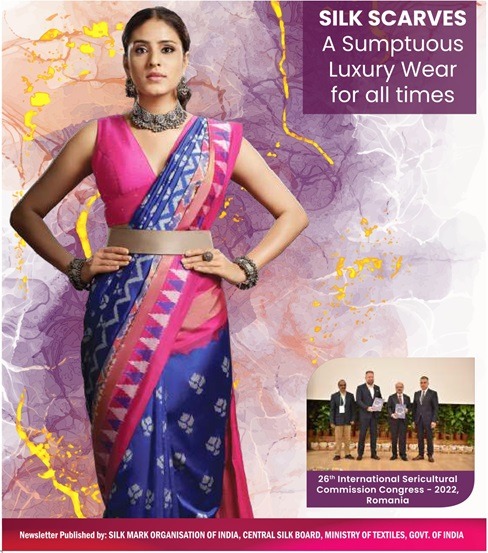
These were very different from what was available in the market. One of the weavers, who worked with me on the project challenged me saying, “We have made them so where is the market? This will not sell in the areas in which we sell our usual products.” That proved to be the tipping point. | re-aligned my thinking. It was then cold calling to various craft shops, fabindia and more. | bagged a huge order for the cushion covers and stoles and from then there has been no looking back. Today, | work with over 40 families. They can have anywhere between 1to 10 looms or more. Some of the weavers who started working with me have their own production base of looms and workers.
